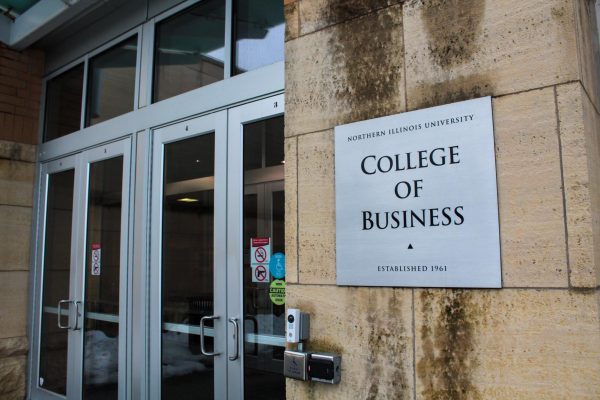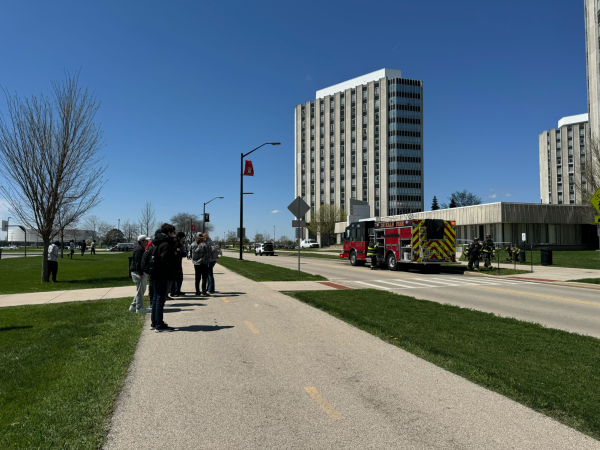Raising STD Awareness
September 23, 2005
Official studies have concluded NIU students have some of the highest rates of condom usage in the nation, thereby decreasing students’ risk of contracting sexually transmitted diseases. Though the global battle against STDs has reached an all-time high, basic steps of prevention, awareness and treatment can further combat the growing epidemic, which includes less familiar STDs.
Awareness
Among lesser-known STDs is trichomoniasis, frequently called “trich” (pronounced “trick”), Basile said. Trichomoniasis affects nearly 7.4 million people annually, according to the Centers for Disease Control Web site.
Caused by a single-celled protozoan parasite called Trichomonas vaginalis, transmission occurs during sexual contact involving the genitals, commonly infecting the urethra in men or the vagina in women. Symptoms usually occur five to 28 days after infection, said Jody Crocker, a registered nurse and the NIU Women’s Health Clinic supervisor.
While men may not always exhibit symptoms of trichomoniasis, common indicators include a temporary irritation inside the penis, mild discharge or slight burning after urination or ejaculation. Women typically experience a vaginal discharge with a strong odor and possible discomfort during intercourse and urination. Additional symptoms include irritation and itching of the genital area and lower abdominal pain.
If left untreated, trichomoniasis increases susceptibility to HIV, the virus which leads to AIDS. Additional concerns for pregnant women include the possibility of premature birth or low birth weight, according to the CDC.
Diagnosis & treatment
Proper diagnosis requires an exam performed by a health-care professional trained to detect STDs. Once identified, a single dose treatment with the oral prescription medication metronidazole will kill the parasite, said Matthew Horak, a pharmacy intern at Butler University. The possibility of re-infection exists even after treatment.
Trichomoniasis is “the most curable STD,” Crocker said.
If you get infected and receive treatment, your partner also needs to be treated.
“There is a tendency with trich for someone to receive treatment and not recognize that his or her partner probably has it, too,” Basile said. “They end up just catching it again and it keeps going back and forth like a ping-pong ball.”
Prevention
A spring 2002 evaluation by the NIU Health Enhancement Office found about 60 percent of its sexually active population use condoms. Nationwide average rates of condom use among college students vary between 40 and 60 percent, said Steve Lux, a health educator in the NIU Health Enhancement Office.
Lux said the rate of condom use is one of the highest in terms of data he has seen nationally or from other institutions of higher education.
Condoms still have a 3 percent failure rate with perfect use and a 14 percent failure rate with typical use.
“Condoms break or get used improperly,” said Dr. Andrew Basile, an Advocate Health Care emergency room physician. “Everyone should always be aware of STD risks and know how to recognize when they have one so it’s treated as soon as possible.”
Health Services offers free STD screenings to all students who pay student fees. For more information, contact Health Services at 753-1311.













